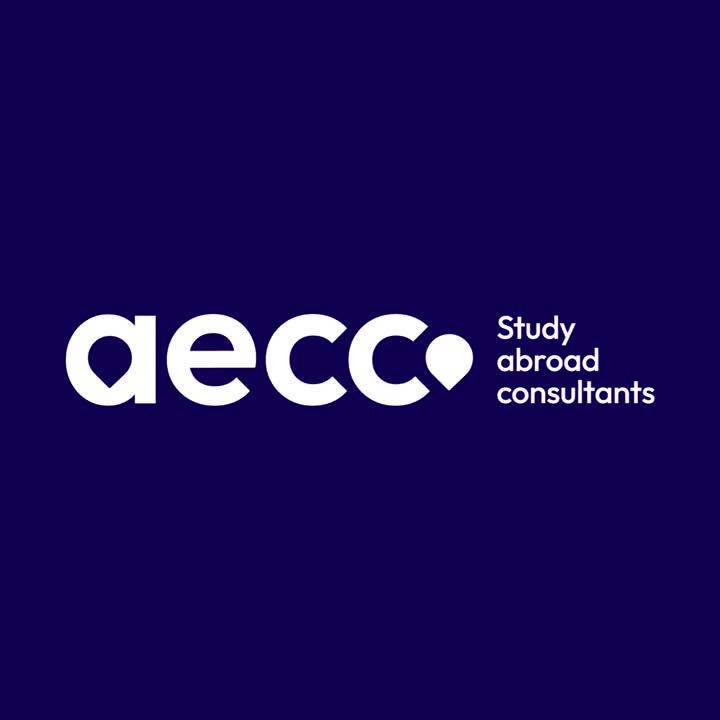The Fall intake in Canada marks a crucial period for students worldwide, offering a gateway to diverse educational opportunities in September. It's the most popular intake among international students, featuring a wide array of courses and programs across esteemed Canadian universities.
Table of Contents
Popular Intakes in Canada:
Canada, known for its high-quality education system, attracts a large number of international students every year. Understanding the intake seasons is crucial for prospective students planning their academic journey in Canada.
|
Intake Season |
Months |
Characteristics |
Popularity |
|
Fall Intake |
September - December |
|
Most Popular |
|
Winter Intake |
January - April |
|
Moderately Popular |
|
Summer Intake |
May - August |
|
Least Popular |
Key Highlights:
Fall Intake: The Fall intake starts in September and is the primary academic season in Canada. It offers the widest range of courses and is ideal for students who wish to enroll in major academic programs. Additionally, the Fall intake provides the best opportunities for scholarships and research assistantships.
Winter Intake: Beginning in January, the Winter intake is an alternative for those who missed the Fall intake. It offers a decent range of courses but is generally less comprehensive than the Fall intake.
Summer Intake: Starting in May, the Summer intake primarily focuses on short-term courses, diploma programs, and special programs. It's less competitive and offers unique opportunities for students looking for specific short courses or summer programs.
Timeline for Fall Intake in Canada:
- From January to March 2024, the focus is on university research and preparation. This period involves researching Canadian universities and the courses they offer. It's also the time to prepare for standardized tests such as the TOEFL, IELTS, GRE, and GMAT, depending on the requirements of the chosen universities.
- Between April and June 2024, the emphasis shifts to taking the required standardized tests, including the TOEFL, SAT, GRE, GMAT, and ACT, as well as IELTS. Additionally, this is the time to start gathering all necessary academic documents. This includes transcripts, certificates, letters of recommendation (LORs), a statement of purpose (SOP), a resume or CV, proof of language proficiency, any additional certifications, and identification documents.
- The period from July to September 2024 is dedicated to the university application process. This involves shortlisting universities, preparing applications, writing the statement of purpose (SOP), and obtaining letters of recommendation (LORs). It's also when you submit your university applications.
- From October to December 2024, the focus is on awaiting responses from universities and making decisions. This time is used to evaluate offers from universities and decide which one to attend.
- The first quarter of 2025, from January to March, is for financial preparation. This includes applying for scholarships or financial aid if applicable and arranging finances in preparation for tuition fee payments.
- Between April and June 2025, attention turns to the visa application process. This is when you start the Canadian student visa application process and prepare and submit all required documents for the visa.
- July and August 2025 are for pre-departure preparations. After receiving visa approval, this period involves booking flights, arranging accommodation, and attending any pre-departure orientations offered.
- Finally, in September 2025, you arrive in Canada and attend university orientations, marking the beginning of your academic journey in Canada.
Top Universities Offering Fall Intake in Canada:
Canada is home to some of the world's top universities, many of which open their doors to a large number of students during the Fall intake. This section lists the top universities in Canada offering Fall intake, along with their QS World University Rankings, providing a quick reference for prospective students.
|
University |
Ranking |
Location |
Known for |
|
University of Toronto |
15 |
Toronto, ON |
Research powerhouse, diverse programs, vibrant campus life |
|
McGill University |
16 |
Montreal, QC |
Prestigious medical school, strong humanities and science programs |
|
University of British Columbia |
49 |
Vancouver, BC |
Stunning location, strong focus on sustainability, interdisciplinary learning |
|
University of Alberta |
109 |
Edmonton, AB |
Top engineering and medical programs, research excellence |
|
University of Waterloo |
152 |
Waterloo, ON |
World-renowned computer science and technology programs, innovative co-op opportunities |
|
McMaster University |
141 |
Hamilton, ON |
Medical school excellence, strong focus on health sciences and social sciences |
|
Queen's University |
147 |
Kingston, ON |
Small-town charm, prestigious arts and science programs, emphasis on experiential learning |
|
University of Calgary |
243 |
Calgary, AB |
Thriving research hub, strong business and engineering programs |
|
Université de Montréal |
156 |
Montreal, QC |
Largest Francophone university in North America, strong humanities and social sciences programs |
|
University of Ottawa |
341-400 |
Ottawa, ON |
Bilingual opportunities, focus on public policy and international affairs |
Note: The global rankings are subject to change annually and should be verified for the latest information.
Top Courses for September Intake in Canada:
The Fall intake in Canada is not only popular for its timing but also for the variety of courses it offers. This section details the most sought-after courses available during the Fall intake, catering to a wide range of academic interests.
List of Popular Courses for Fall Intake:
Business Administration and Management: MBA programs are highly sought after, with specializations in Finance, Marketing, International Business, and Human Resources.
Computer Science and IT: Courses in Artificial Intelligence, Data Science, Software Engineering, and Cybersecurity.
Engineering: Various branches including Mechanical, Electrical, Civil, and Chemical Engineering.
Health Sciences: Programs in Nursing, Public Health, Pharmacy, and Medicine.
Natural Sciences: Specializations in Biology, Chemistry, Physics, and Environmental Science.
Social Sciences: Courses in Psychology, Sociology, Political Science, and International Relations.
Humanities: Programs in English Literature, History, Philosophy, and Linguistics.
Fine Arts and Design: Degrees in Graphic Design, Fine Arts, Animation, and Interior Design.
Education: Programs focusing on Early Childhood Education, Educational Leadership, and Special Education.
Law: Specializations in Corporate Law, International Law, Human Rights Law, and Environmental Law.
Note: The availability of courses may vary by university, and students are advised to check with individual institutions for specific program offerings.
Admission Process for Fall Intake in Canada:
Applying for the Fall intake in Canadian universities involves several steps and requires a set of specific documents. This section provides a comprehensive overview of the admission process and the necessary documentation in a checklist format, making it easier for prospective students to prepare for their application.
Research and Shortlist Universities:
- Identify universities that offer your desired program.
- Check the eligibility criteria and admission requirements for each university.
Prepare for Standardized Tests:
- Depending on your course and university, prepare for tests like the TOEFL, IELTS, GRE, GMAT, SAT, or ACT.
- Schedule and take these tests well in advance.
Gather Required Documents:
- Academic Transcripts: Official records from your high school and/or previous universities.
- Standardized Test Scores: TOEFL, IELTS, GRE, GMAT, SAT, or ACT scores, as applicable.
- Letters of Recommendation (LORs): Usually 2-3 LORs from teachers, professors, or employers.
- Statement of Purpose (SOP): A personal essay outlining your academic interests, career goals, and reasons for choosing the program.
- Resume/CV: Especially for postgraduate students, detailing academic, professional, and extracurricular achievements.
- Proof of Language Proficiency: Required if English is not your first language.
- Portfolio: For students applying to art, design, or architecture programs.
- Additional Certifications: Any other relevant certificates or achievements.
Application Submission:
- Fill out the application forms for each university.
- Attach all required documents.
- Pay the application fee, if applicable.
Track Application and Await Response:
- After submitting applications, keep track of them through the university portals.
- Be prepared for any additional interviews or requirements.
Acceptance and Decision Making:
- Once you receive acceptance letters, evaluate your options.
- Confirm your acceptance before the deadline.
Financial Preparation:
- Apply for scholarships, bursaries, or financial aid, if needed.
- Arrange for tuition fees and living expenses.
Visa Application:
- Apply for a Canadian study visa.
- Submit the required documents, including proof of financial support and a letter of acceptance from the university.
Pre-Departure Preparations:
- Arrange for accommodation in Canada.
- Book your travel.
- Attend any pre-departure briefings or orientations.
Arrival in Canada:
- Arrive in Canada before the start of your program.
- Attend orientation sessions at your university.
In conclusion, the Fall intake in Canada presents a valuable opportunity for students aiming for a top-tier education. With diligent preparation and adherence to application guidelines, students can successfully begin their academic pursuits in Canada's dynamic and inclusive educational environment.
Fill out the enquiry form today and let us guide you through every step of your application process for the Fall Intake in Canada. Your future awaits!




